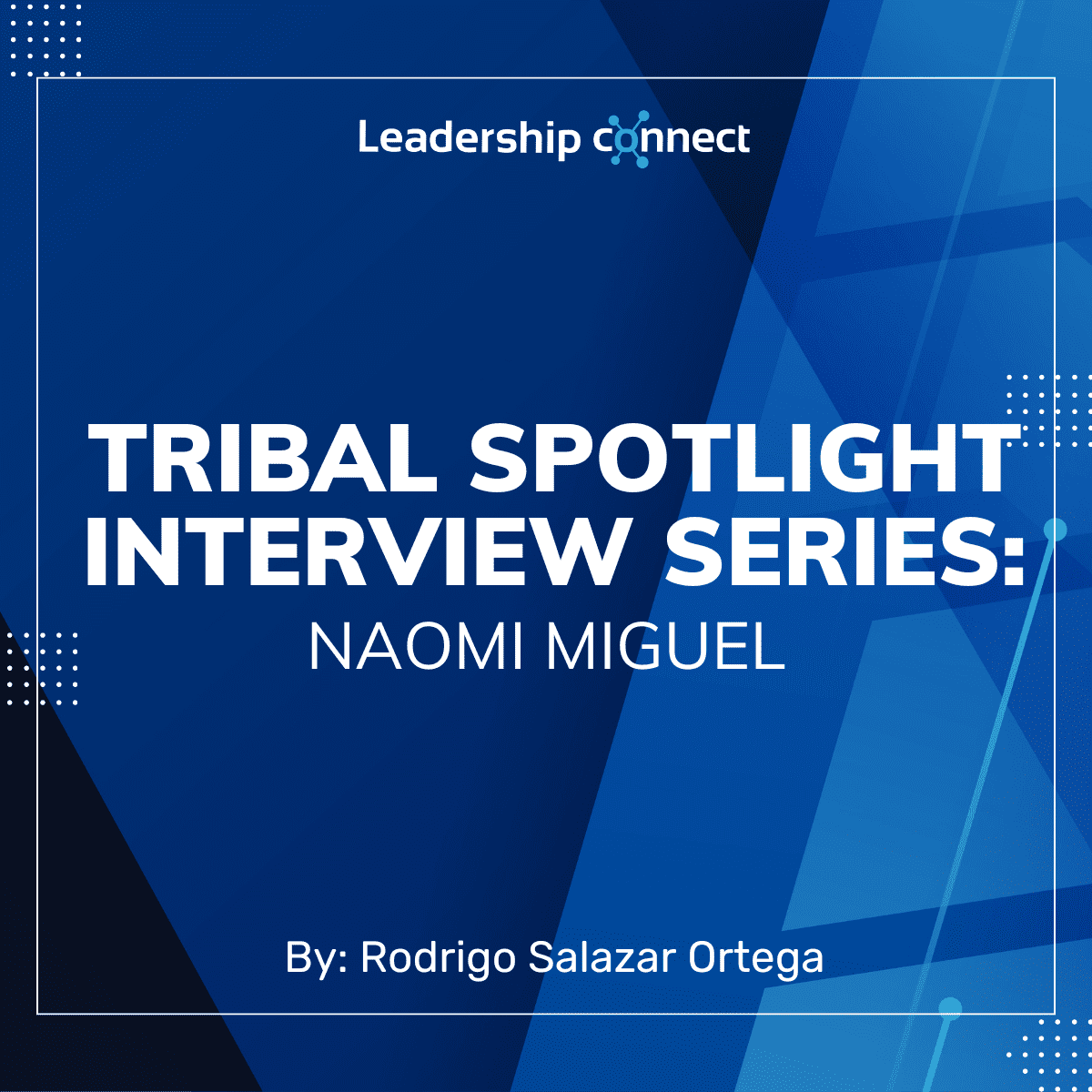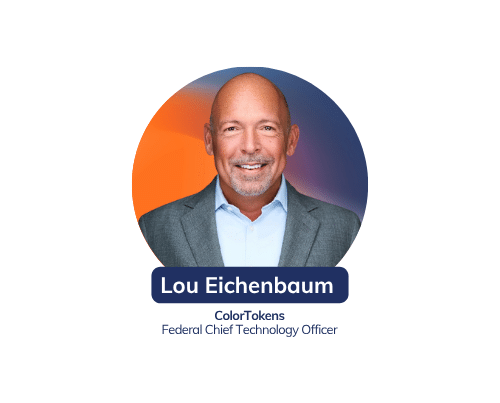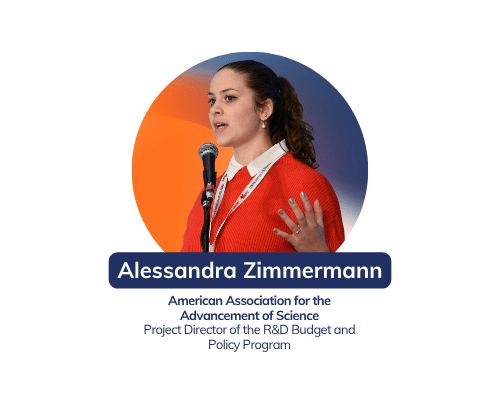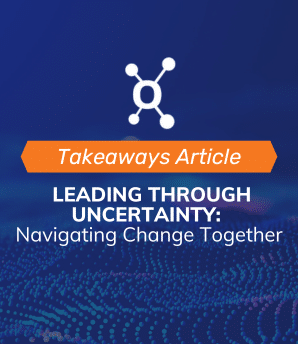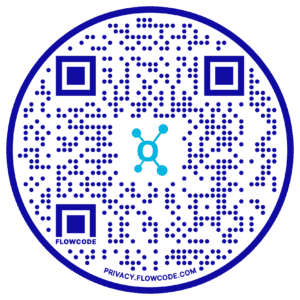Last week I spoke with Naomi Miguel, Executive Director, White House Initiative for Native Americans and Tribal Colleges and Universities. We spoke about her career journey and current work in the Tribal Government Relations space.
Can you tell me about your career path that has led you to where you are now?
Before getting to D.C. I previously worked for a nonprofit called the Tribal Law and Policy Institute. At the time, I did not know if I wanted to pursue a law or policy degree. This organization assisted with a national report for the Department of Justice, and it was through that work that I decided to pursue my master’s degree in public policy. I got my degree in Public Administration and Policy at American University through a program for professionals that allowed me to work and attend school at the same time. I found that all my papers and research focused on changing pieces of legislation. During this time, I applied to the Udall Foundation’s Native American Internship program, which allowed me to intern on the Hill with Congressman Raúl M. Grijalva. I then took a sabbatical from work to focus on the internship which led to a full-time staff assistant/legislative correspondent in Representative Grijalva’s office. I worked my way up to being a legislative staffer and professional staff on the House Committee on Natural Resources. When the Democrats won the majority, I moved to the committee full-time and became the Staff Director for the Subcommittee for Indigenous Peoples of the United States. When the Biden-Harris Administration took office, I got a call from the White House to be the Executive Director of the White House Initiative for Native Americans and Tribal Colleges and Universities, and it sounded like the perfect fit for me.
How did you become passionate about the intersection of tech, government, and tribal communities, and how do you stay informed and engaged in those areas?
I grew up in the Tohono O’odham Nation in Arizona, which built my passion for intergovernmental work. My tribe is based on the U.S.-Mexico border and so I was always interested in water policy. Growing up, I was interested in tribal government relations with the federal government, and asking questions about these relationships led me to study government. I also had internships that helped me view governmental responsibilities at agencies and how they work with tribes.
During COVID, I saw how tribal nations were experiencing internet and connectivity issues and how that was directly and negatively affecting the online learning environment for tribes. There are a lot of inequities in that area that led me to be passionate about working on Native American education.
I stay engaged by looking at layers of government and keeping myself informed as a tribal member and a federal official. I want to ensure we are working to benefit tribes through a continuous and respectful government to government relationship.
What do you believe sets Tribal Government Relations apart as a unique work environment, and how do you navigate its challenges in your everyday work?
Tribal governments are unique. All 574 federally recognized tribal nations are completely different, and it is unique to know their policies and laws. It is not based on race based, it is a political status because tribal nations are mentioned in the U.S. Constitution and have a whole chapter in the U.S. Code. Federal Indian law is a challenge because we don’t have enough federal employees who have that understanding. I navigate this by coming from an educational perspective in helping colleagues learn to acknowledge tribal sovereignty. It is important to start from the basics to understand the current government-to-government relationships and how to uphold the Constitution. I also answer questions for colleagues by bringing in legal precedence and case law. The goal is to have all federal employees respect tribal customs, traditions, and laws.
Describe a challenging or rewarding project that significantly influenced your growth as a professional. How did you handle the challenge, and what did you learn from the experience?
When I was working in Congress, drafting the language for the American Rescue Plan Act was a challenge because of the many stakeholders involved. We stayed late nights and arrived early mornings to balance a lot of priorities and know limitations in our budget. We leaned on our strengths to get that balance right. I learned that when working together and having the greater good in mind, we can get a lot done. This was a unique opportunity to make a difference, which created a sense of unity in advocating for tribes that I have not seen since then. It was a difficult time, but that unity of tribes coming together and Congress responding was unique.
What advice would you give to someone navigating how to bridge the gap between traditional practices and modern governance structures?
Listen. There are times when modern government structures don’t meet traditional practices. The Biden-Harris Administration has been good at getting tribal input formally and informally. We try to begin with listening sessions to get input and have that help us make informed decisions. These practices and comments we receive can be specific to tribes, and we, as the federal government, must respect these comments and privacy, when it is necessary. Modern governance structures must acknowledge that it is important to recognize and respect differences. We must work between two nations, and I believe listening can develop those relationships.
Word Association, what is the first word that comes to mind for each of there?
- Policy – An art, not a science
- Networking – Relationships
- Communications – Wordsmith
- Leadership Connect – Informative


